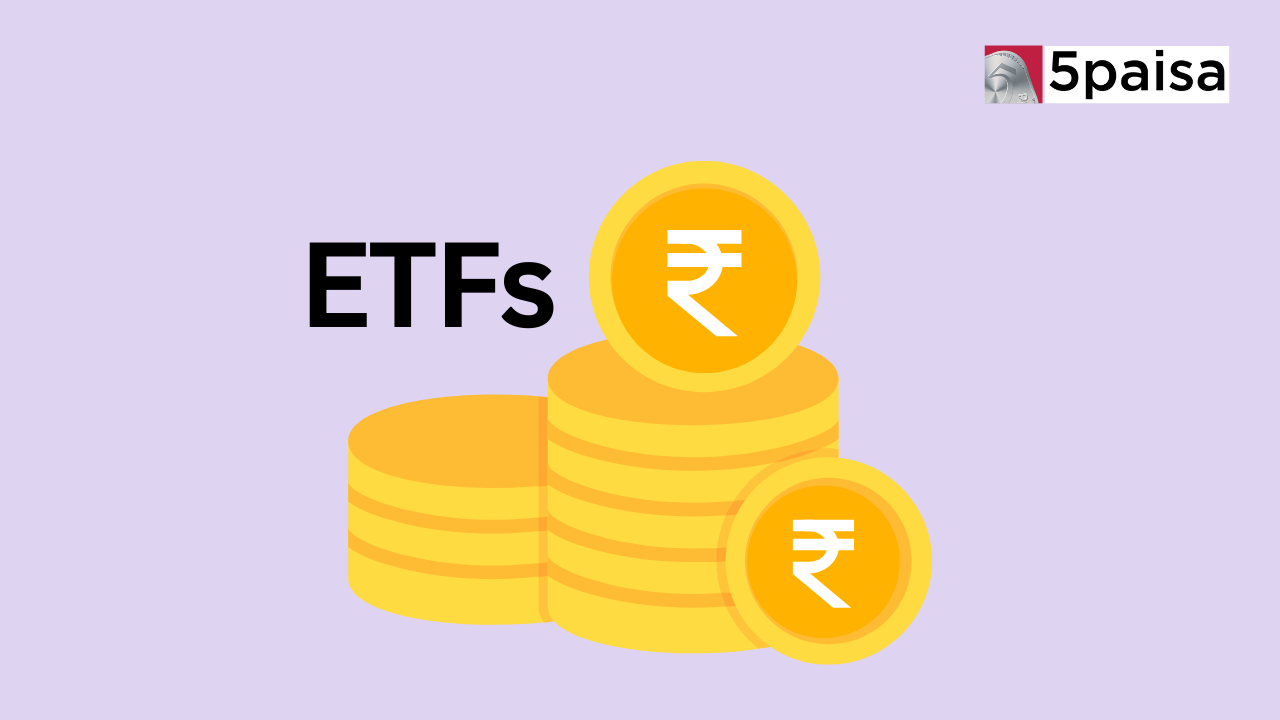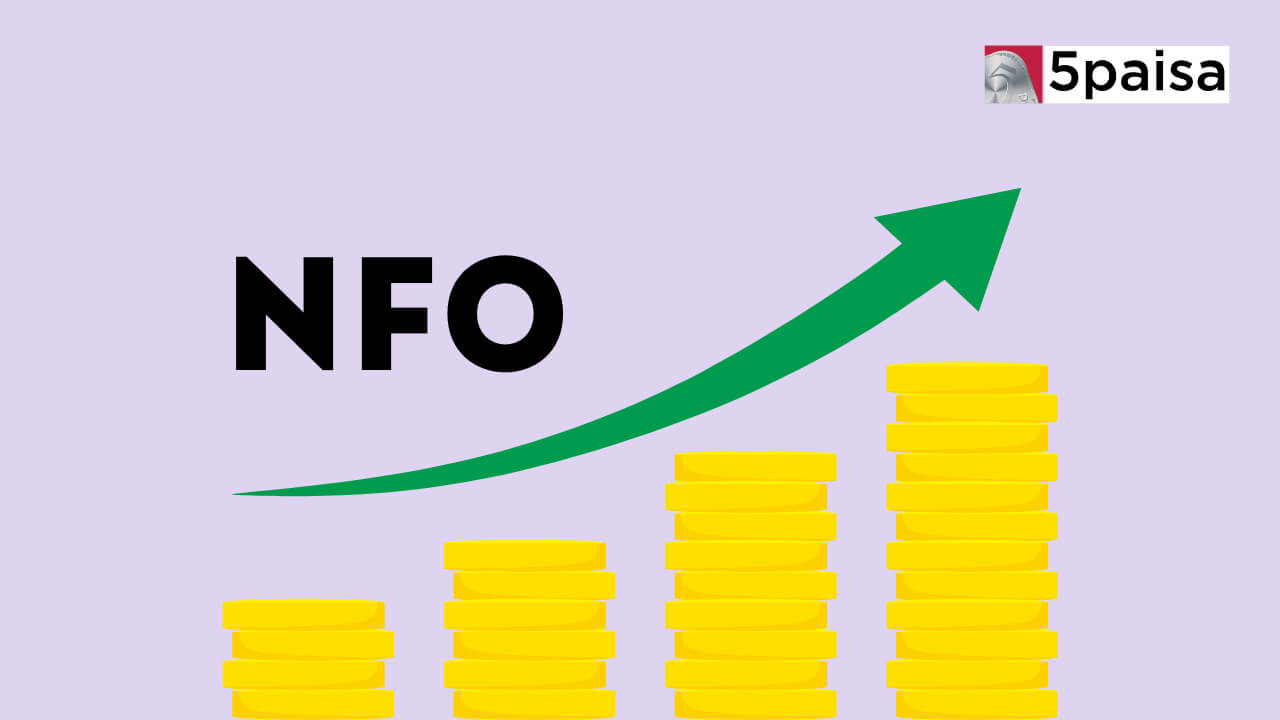Best SIP Plans to Invest Online in India in 2023

Last Updated: 28th February 2023 - 09:03 am
One of the outcomes of the work-from-home during the COVID-19 pandemic was the growing interest of average retail investors, like you and me, in the stock market. After a sharp fall, the market rebounded and scaled new highs. Of course, the popular series, Scam 1992, based on the infamous Harshad Mehta scam, also contributed to the curiosity. With some spare time, retail investors tried their hands by investing in the market.
Cut to present. Retail participation has dropped because markets are volatile over worries of continued war in Ukraine and inflation globally. But at the same, retail investors seem to have graduated in their understanding. They are now taking the relatively-safer mutual fund route to take exposure to the markets. Data shows that investments in mutual funds through systematic investment plans or SIPs, mainly used by retail investors, stood at a record number in January.
For those who don’t know, SIP is an investment method, where a fixed amount is put into mutual funds of your choice. Each month the amount, which can be as low as Rs 500, is deducted from your bank account on a given date. Think of it as similar to say a recurring deposit.
SIP is hassle-free, as there is no need to write a cheque every month, and convenient because registration can be done in a matter of a few clicks. This disciplined way of investing has many advantages. Investors don’t have to worry about market volatility. Because of the power of compounding, even the small invested amounts give inflation-beating returns compared to other products like bank fixed deposits. There is another advantage in the form of the rupee cost of averaging, which lowers the costs of investment and maximizes returns as investment continues both in falling and rising markets.
There are thousands of mutual funds schemes and selecting the right ones for SIP is a task. Here is a list of some SIPs to invest online in 2023*.
1) Kotak Bluechip Fund – Direct Plan
This open-ended equity fund invests predominantly in companies with large market capitalisation. The stocks of companies from various sectors are selected on the back of their financial strength, management expertise, reputation, track record, and liquidity.
Since its inception in January 2013, the fund has given a return annualized return (CAGR) of around 13.97% and 12.49% over a five-year period, which is at least the minimum investment time suggested for such types of schemes.
To illustrate, if you had invested Rs 1,000 in this scheme through monthly SIP since inception, the total invested amount of Rs 122,000 rupees would have grown to a little over Rs 253,000.
Schemes like Kotak BlueChip Fund come with both direct and regular plans. Direct plans allow investors to buy directly from the company, while regular plans are bought through distributors, brokers, etc. Direct plans have lower costs and high returns compared to regular plans.
2) HDFC Midcap Opportunities
This fund invests in mid-cap companies with reasonable growth prospectus, sound financials, sustainable business models, and acceptable valuations that offer potential for capital appreciation.
On the so-called risk-o-meter, which gives a graphical representation of the risks, the fund has a “very high” marking. But it also comes with higher returns as compared to average similar funds in this category.
For regular – growth plans, the fund has given an annualised return of 20.87% over three years and 11.96% for a five-year period. This scheme is suitable for those willing to invest for three years and above.
3) Parag Parikh Flexi Cap Fund
This diversified equity scheme invests in large, medium, and small-sized companies with an aim to generate long-term capital growth. The investment is not restricted by any self-imposed limitation in terms of sector, market capitalization, geography, etc.
This scheme is suitable for long-term investors, for whom the long-term is a minimum period of five years, and for those who get excited rather than repelled when stock prices and valuations are low.
In a five-year period, the fund has given an annualized return of 16.71% higher compared to 10.85% given by Nifty 500 TRI, a broad-based market index of the top 500 listed companies on the National Stock Exchange. The returns are for direct plans.
4) Canara Robeco Emerging Equities Fund - Direct-Growth
This fund invests in stocks of large and mid-cap companies by using a bottom-up stock-picking approach. The identified companies are those with the potential to become leaders in their respective sectors. The fund stays away from herd behavior and chasing short-term profits.
This scheme has delivered a CAGR of 19.85% since its inception. The current value of investment of Rs 120,000 done over 10 years through monthly SIPs of just Rs 1,000 stands at over Rs 314,000, translating into an absolute return of nearly 162%.
Under the growth plans, the fund house does not make regular payouts and dividends and instead the profits are reinvested. These plans are also tax efficient.
5) SBI small Cap Fund
As the name suggests, this fund mainly invests in stocks of companies with small market capitalization by following a blend of growth and value style of investing. It also takes exposure to larger and mid-cap companies as well as debt and money market instruments.
Categorised as a “very high” risk fund, it has given a CAGR of 12.59% over five years. This is sharply higher than 7.09% given by its benchmark S&P BSE 250 Small Cap Index TRI in the same period.
6) Nippon India Index Fund S&P BSE Sensex Plan Direct-Growth
Index funds are passively managed funds, which means the fund manager mirrors a particular index such as Nifty 50, Sensex by investing in stocks that are part of a particular index it tracks. This is one such scheme that replicates the composition of the Sensex with an aim to generate similar to those of the index, albeit tracking errors.
Over a five-year period, this fund gave a CAGR of 12.73%, higher than the average 10.90% returns given by the funds in a similar category.
Since fund managers don’t follow an active investment strategy, index funds are cost-effective as the expense ratio, which is the fund management cost charged by the fund house, is low. This fund has an expense ratio of 0.15%.
7) Mirae Asset Tax Saver Fund - Direct Growth
This scheme is for tax savers as it falls in the category of equity linked savings scheme or ELSS. Investments of up to 1.5 lakh rupees in ELSS are eligible for tax benefits under Section 80C of the Income Tax Act.
Each SIP is locked in for a three-year period and the aim of this scheme is to provide growth of capital along with tax benefits. But since it invests in stocks, risks are equally higher.
The scheme has posted a three-year annualized return of 18.63%, higher than most of its peers.
8) Quantum Liquid Fund - Direct Plan – Growth
Investment in liquid funds is mainly done with the aim to create an emergency corpus. Hence, such investments have to be short-term in nature and must be as good as providing the cash. The aim is to preserve capital as well as provide steady returns. The added benefit is that returns are usually better than fixed deposits.
Quant Liquid Fund is one such fund, which invests in debt and money market instruments maturing in up to 91 days. Over a one-year period, this fund has given an annualised return of 5.36%, which is higher as compared to the three-year return of 4.87%.
9) Aditya Birla Sun Life Low Duration Fund
This scheme invests in a basket of debt and money market instruments of shorter maturities. The bulk of the investment is made in low-risk debt papers. It is suited for those seeking reasonable returns with the convenience of liquidity in the short term. Investment in this fund can be a possible alternative to bank deposits with a one- to three-year horizon.
Over a three-year period, this fund gave an annualised return of 5.88% for the direct – growth plan.
10) UTI Bond Fund
This medium to long-duration fund invests in government bonds as well into a diversified pool of good quality corporate bonds. This is suitable for those aiming to build a long-term debt portfolio and doesn’t want to take exposure to riskier assets like stocks.
The direct growth plan of this fund has delivered an annualised return of 11.35% for a one-year period.
Conclusion
SIPs are one of the most time-tested methods that have helped create long-term wealth for many investors. All you require is discipline and commitment and technology has made it easier. So next time you hear mutual fund sahi hai you know the reason.
*Disclaimer: One should take advice from qualified advisors before making any decisions because investment in mutual funds is subject to market risk. All returns are based on the net asset value of funds as at the closing on February 24, 2023.
- 0% Commission*
- Upcoming NFOs
- 4000+ Schemes
- Start SIP with Ease
Trending on 5paisa
Mutual Funds and ETFs Related Articles
Disclaimer: Investment in securities market are subject to market risks, read all the related documents carefully before investing. For detailed disclaimer please Click here.
 5paisa Research Team
5paisa Research Team
 Sachin Gupta
Sachin Gupta




